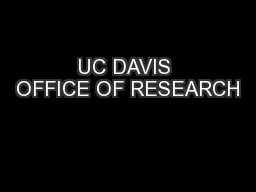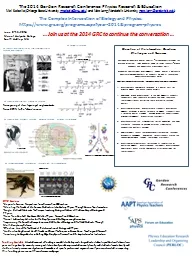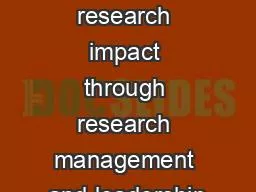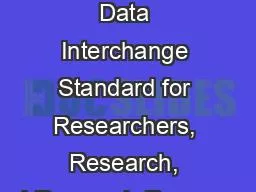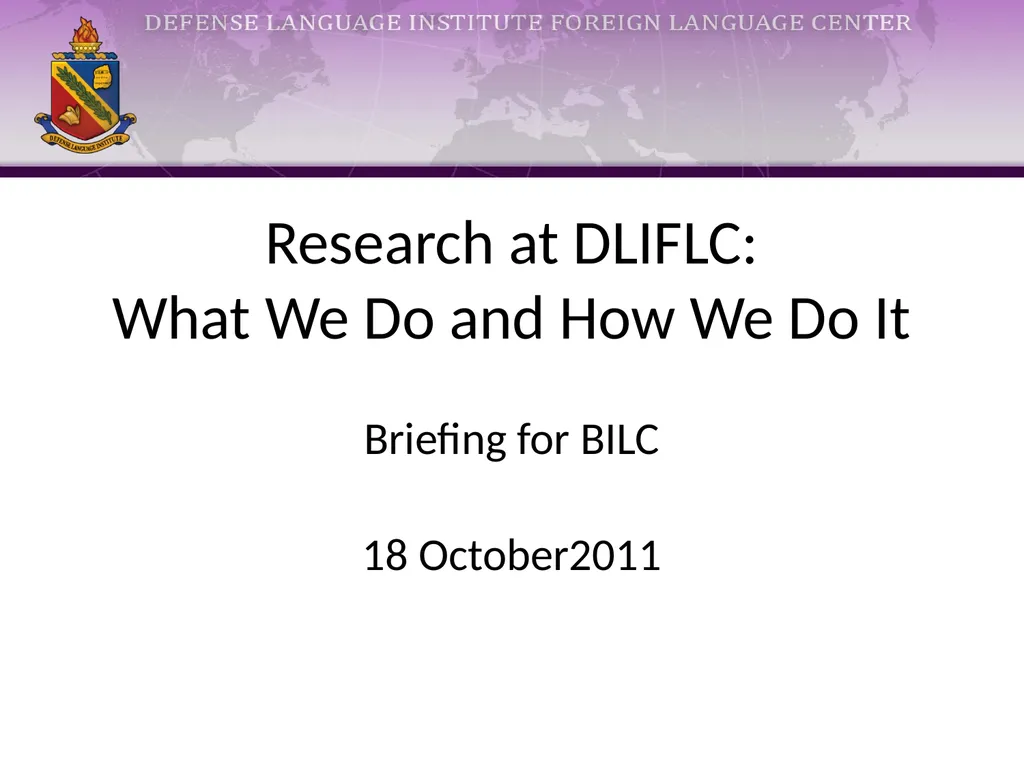
Author : tatyana-admore | Published Date : 2025-07-18
Description: Research at DLIFLC: What We Do and How We Do It Briefing for BILC 18 October2011 DLIFLC Research Program Distributed throughout Institute; led by Research Analysis Division (RA) RA Mission includes: Conducting or coordinating approvedDownload Presentation The PPT/PDF document "" is the property of its rightful owner. Permission is granted to download and print the materials on this website for personal, non-commercial use only, and to display it on your personal computer provided you do not modify the materials and that you retain all copyright notices contained in the materials. By downloading content from our website, you accept the terms of this agreement.
Here is the link to download the presentation.
"Research at DLIFLC: What We Do and How We Do"The content belongs to its owner. You may download and print it for personal use, without modification, and keep all copyright notices. By downloading, you agree to these terms.


